In today’s world, personal safety is of paramount concern. Whether you’re facing harassment from a stranger or experiencing abuse from a family member, understanding the legal protections available to you can make all the difference in maintaining your peace of mind. Two of the most commonly confused legal tools are restraining and protective orders. While they both protect individuals from harm, they are used in very different circumstances.
Table of Contents
- What Is a Restraining Order?
- When Should You Seek a Restraining Order?
- What Is a Protective Order?
- When Should You Seek a Protective Order?
- Restraining Order vs. Protective Order: The Key Differences
- When Should You Choose a Restraining Order?
- When Should You Choose a Protective Order?
- 5 Common Questions About Restraining Orders vs. Protective Orders
- Why Choosing the Right Legal Protection Is Essential
- Call to Action
What Is a Restraining Order?
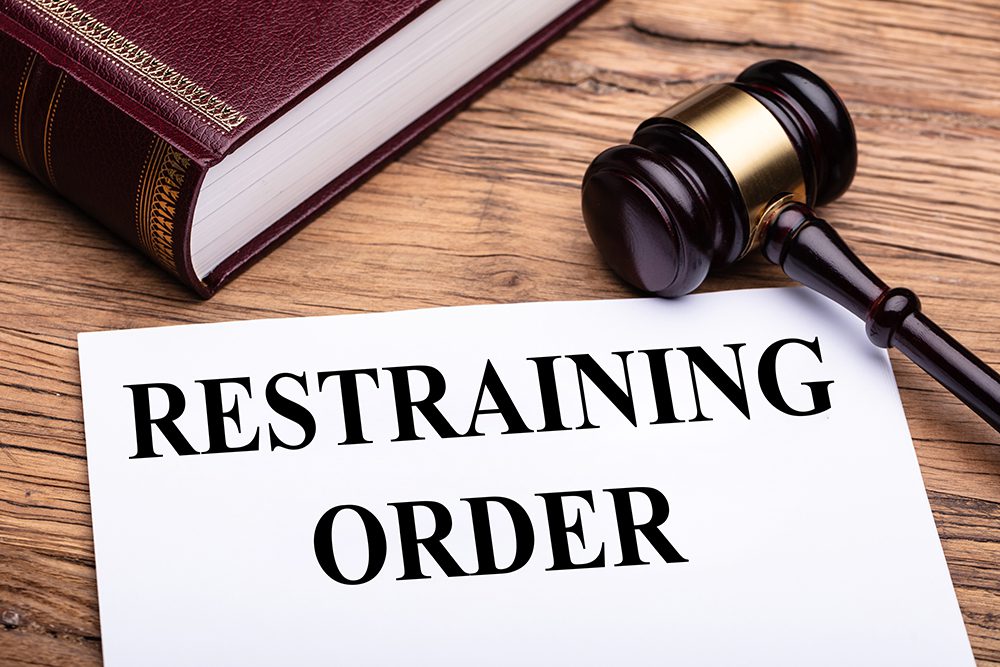
Types of Restraining Orders
Different types of restraining orders serve various purposes, depending on the urgency and nature of the threat.
Emergency Restraining Orders
These are issued when immediate protection is needed, usually after regular court hours. Law enforcement officers can request an emergency restraining order, typically a few days, until a court hearing can be arranged.
Temporary Restraining Orders (TROs)
A TRO is often the first step in obtaining more permanent protection. It provides immediate relief to the petitioner and lasts up to 30 days. During this time, a hearing will be scheduled to determine whether a permanent restraining order is necessary.
Permanent Restraining Orders
If the court finds sufficient evidence that the petitioner needs ongoing protection, a permanent restraining order can be issued. Despite the name, these orders are not always indefinite, but they can last for several years and be renewed if the threat persists.
When Should You Seek a Restraining Order?
Restraining orders are the best option in situations that do not involve domestic violence or close personal relationships but still involve harassment, threats, or unwanted contact. Examples of situations where a restraining order might be appropriate include:
- Harassment by a Co-worker or Neighbor: If someone at work or in your neighborhood is harassing you, making threats, or otherwise making you feel unsafe, a restraining order can legally bar them from contacting you or coming near you.
- Stalking: If you are being followed, watched, or constantly approached by someone other than a family member or intimate partner, a restraining order is the best legal tool to stop them.
- Business or Financial Disputes: Restraining orders can also apply in business contexts. For example, if a business partner threatens legal action, defames you, or physically threatens you over a financial dispute, you may seek a restraining order to protect yourself.
What Is a Protective Order?
A protective order, also known as a domestic violence protective order (DVPO) or a family protection order, is specifically designed to safeguard individuals from abuse or threats of abuse by a family member, household member, or intimate partner. Protective orders are most commonly sought in cases of domestic violence, sexual assault, or situations where a victim needs immediate protection from someone close to them.
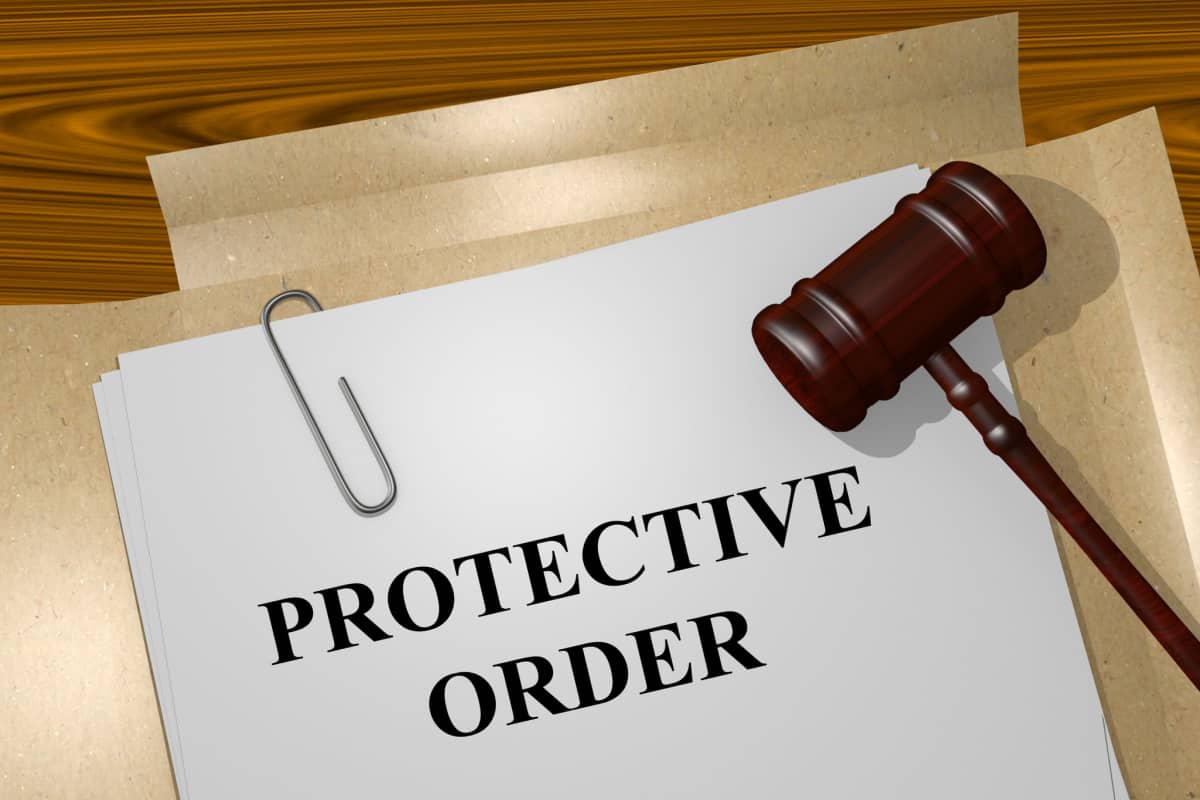
Types of Protective Orders
Protective orders can vary based on the urgency of the threat and the relationship between the parties involved. Below are the most common types:
These orders are issued immediately, often by a law enforcement officer or on an emergency basis, without the abuser present. They typically last for a short period (usually a few days), during which a more permanent hearing can be scheduled.
Temporary Protective Orders (TPOs)
A TPO is issued after an initial hearing and provides immediate protection to the petitioner. These orders can last up to several weeks and may include provisions such as requiring the abuser to leave the shared home, prohibiting contact, or surrendering firearms.
Permanent Protective Orders
After a full court hearing, a permanent protective order can be issued. These orders can last up to several years, depending on the severity of the situation, and can be renewed if necessary.
When Should You Seek a Protective Order?

- Domestic Violence: If you are experiencing physical, emotional, or psychological abuse from a partner or family member, a protective order can provide legal protection by forcing the abuser to cease contact or leave the shared residence.
- Threats of Harm: If a family member or intimate partner has threatened to harm you or your children, a protective order can help ensure that they stay away and refrain from making further threats.
- Child Custody Issues: Protective orders are often used in family law cases where one parent is threatening the safety of the other parent or their children.
Restraining Order vs. Protective Order: The Key Differences
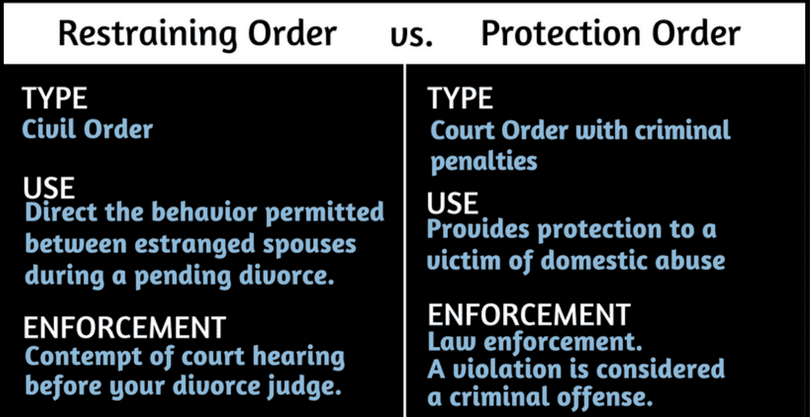
While both restraining orders and protective orders aim to protect individuals from harm, they differ significantly in their application and scope. Understanding these differences is essential when determining which legal tool is right for your situation.
1. Type of Threat and Relationship
- Restraining Orders: These orders can be sought in a wide range of situations where no specific domestic relationship exists. This includes business disputes, harassment by strangers, stalking by acquaintances, or defamation by third parties.
- Protective Orders: These orders are specifically designed for situations involving domestic violence, abuse, or threats from someone with whom you share a personal or intimate relationship. This includes spouses, partners, family members, or roommates.
2. Purpose
- Restraining Orders: The primary purpose of a restraining order is to prevent one person from contacting or approaching another individual. They are often used to avoid harassment, stalking, or threats of violence, but they can also be applied in civil cases, such as property disputes or contractual disagreements.
- Protective Orders: Protective orders are designed to protect victims of domestic violence or abuse. They often come with additional provisions, such as removing the abuser from a shared residence, prohibiting them from contacting the victim, or requiring them to surrender firearms.
3. Legal Process
- Restraining Orders: The process for obtaining a restraining order is generally straightforward and can be done by filing a petition with the court. However, because restraining orders can apply to a broader range of disputes, they may require more detailed evidence to prove the threat exists.
- Protective Orders: Because protective orders involve more severe situations, such as domestic violence or abuse, the legal process is often more rigorous. Judges are more likely to issue protective orders quickly, especially in cases where there is an immediate threat of harm.
4. Consequences of Violation
- Restraining Orders: Violating a restraining order can lead to civil penalties, including fines and possibly jail time, depending on the severity of the violation and the jurisdiction.
- Protective Orders: Violating a protective order, especially in domestic violence cases, can result in criminal penalties, including arrest, imprisonment, and more severe legal consequences.
When Should You Choose a Restraining Order?
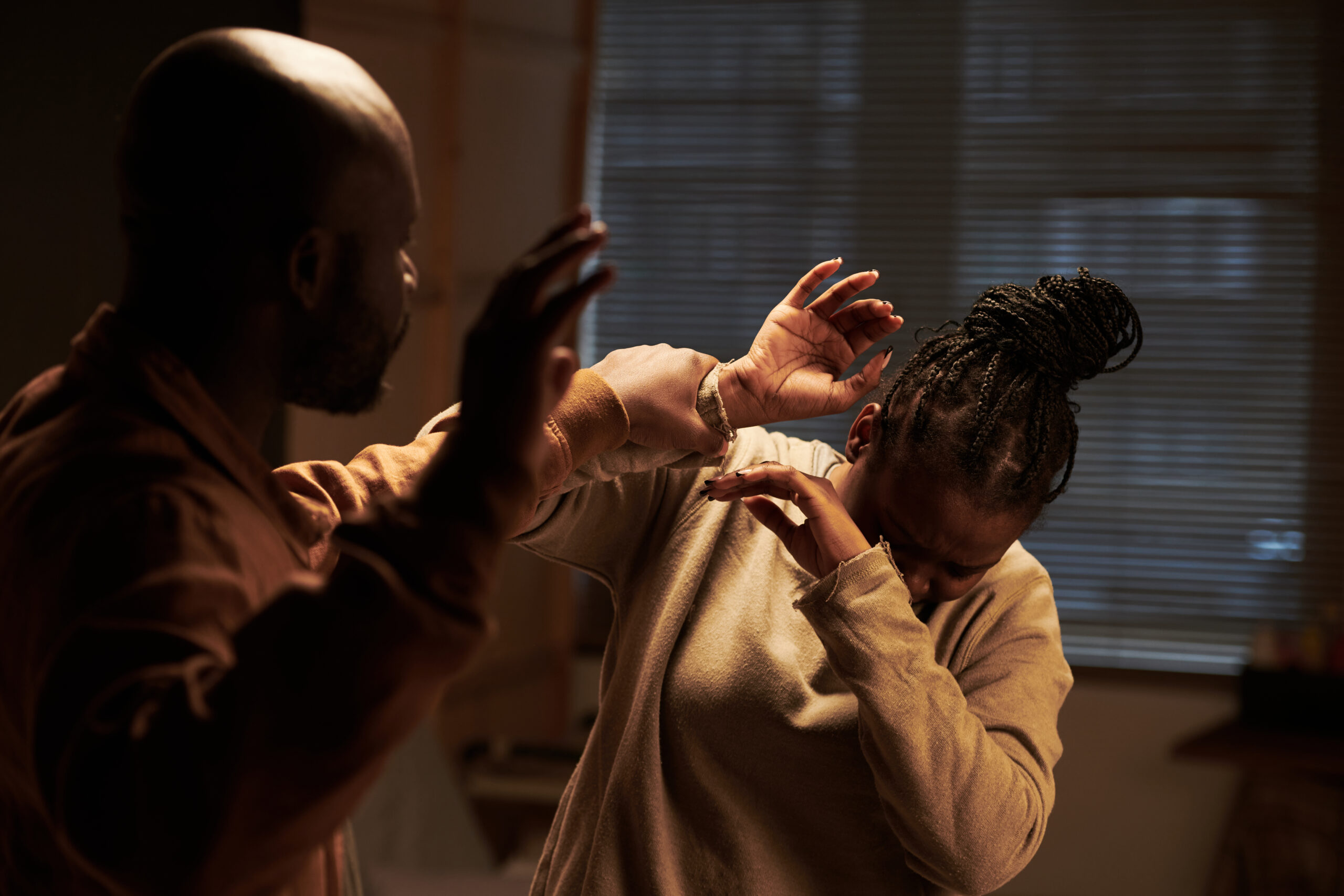
1. You Are Being Harassed by Someone Who Is Not a Family Member or Intimate Partner
Suppose the person harassing or threatening you is a stranger, co-worker, or neighbor. In that case, a restraining order will provide the legal protection you need without proof of a domestic relationship.
2. You Are Involved in a Civil Dispute That Is Escalating
Restraining orders can also be used to prevent escalation in civil disputes. For example, if a former business partner threatens you over a financial disagreement, a restraining order can help avoid further contact or harassment.
3. You Are a Victim of Stalking
Stalking, especially by someone you do not know well or at all, is a clear situation where a restraining order can provide immediate legal protection. The order will prohibit the stalker from coming near you, contacting you, or engaging in further harassment.
When Should You Choose a Protective Order?<.h2>
Protective orders are specifically designed for situations where there is a domestic relationship, or the threat comes from someone close to you. You should consider seeking a protective order if:
1. You Are Experiencing Domestic Violence or Abuse
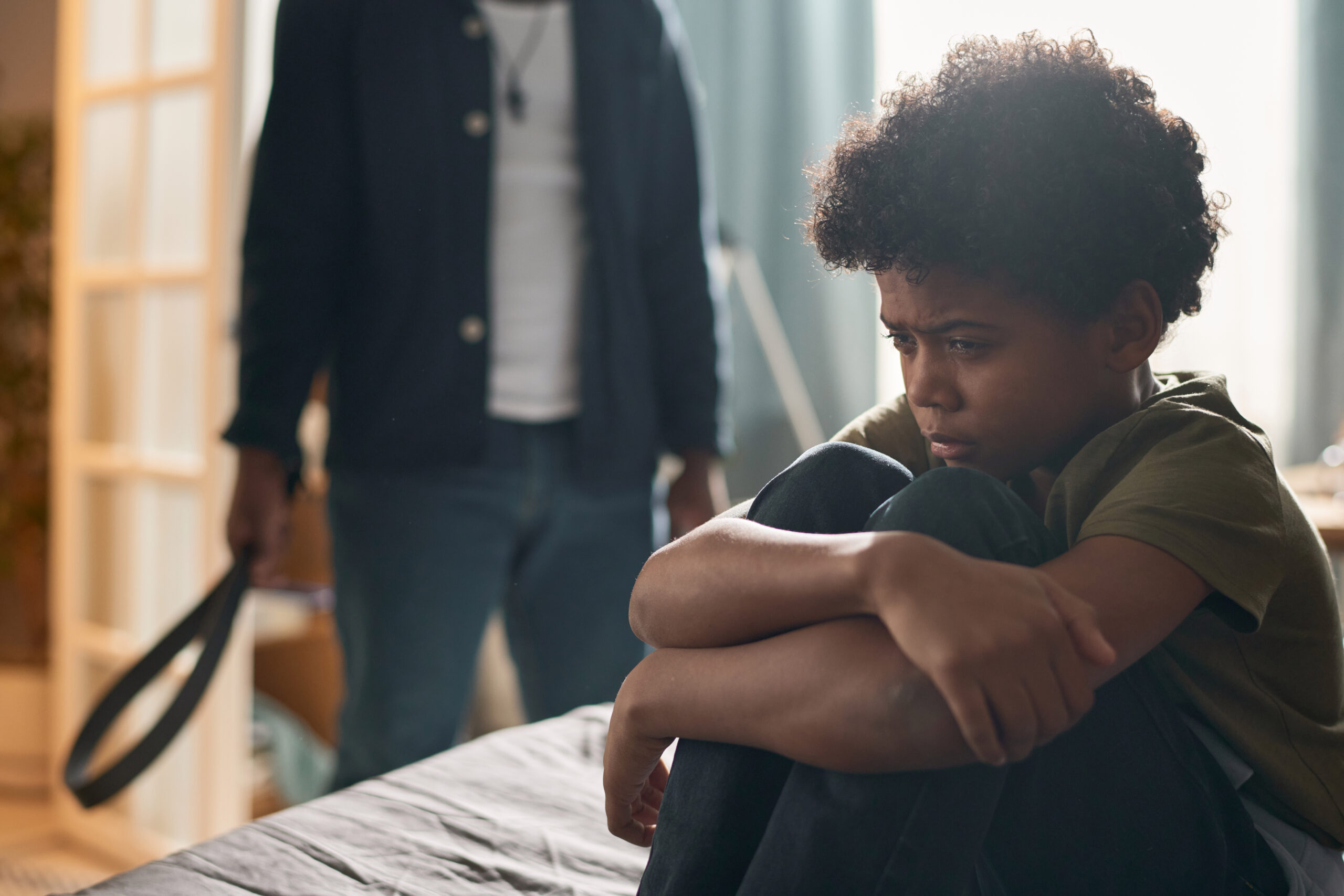
2. Your Intimate Partner or Family Member Has Threatened to Harm You or Your Children
Protective orders not only prevent contact between the abuser and the victim, but they can also force the abuser to leave the shared home and prohibit them from coming near your children.
3. You Are Going Through a Divorce or Custody Battle
In some cases, protective orders are sought during divorce or custody proceedings when one partner is threatening the other or trying to manipulate the legal process. These orders ensure the safety of both the victim and any children involved.
5 Common Questions About Restraining Orders vs. Protective Orders
Now that we’ve explored the differences between restraining and protective orders, let’s address some of the most commonly asked questions regarding these legal tools.
1. What Is the Main Difference Between a Restraining Order and a Protective Order?
The primary difference lies in the relationship between the parties. Restraining orders are typically used in non-domestic situations involving harassment, stalking, or civil disputes. Protective orders are used in cases of domestic violence or abuse where the abuser has a close personal relationship with the victim.
2. Can a Restraining Order or Protective Order Be Extended?
Yes, restraining and protective orders can be extended if the court deems it necessary. In most cases, temporary orders are issued initially, but they can be extended or converted into permanent orders after a court hearing. The extension process varies depending on the state and the case’s specific circumstances.
3. Do I Need an Attorney to Obtain a Restraining or Protective Order?
While it is possible to file for either type of order without an attorney, it is highly recommended that you seek legal counsel. An attorney will help you navigate the legal process, ensure all paperwork is completed correctly, and represent you in court. Additionally, having an experienced lawyer by your side will increase the likelihood of obtaining the order and ensuring your safety.
4. What Happens If the Person Violates the Order?
You should contact law enforcement immediately if the person violates a restraining or protective order. Violating a court order is a criminal offense, and the violator may face arrest, fines, and imprisonment. In addition, violating a protective order can result in more severe penalties, especially if the violation involves domestic violence or endangers children.
5. How Long Do Restraining and Protective Orders Last?
Temporary restraining and protective orders usually last between 7 to 30 days, depending on the jurisdiction and the situation’s urgency. Permanent orders can last several years and may be renewed if the threat persists. In some cases, permanent protective orders can last indefinitely.
Why Choosing the Right Legal Protection Is Essential
Choosing between a restraining order and a protective order is not a decision to be made lightly. The type of legal protection you seek will significantly impact your safety, legal rights, and peace of mind. Understanding the differences between these two orders and the circumstances under which each is most appropriate will help ensure that you make the best decision for your situation.
In many cases, obtaining a protective or restraining order can be a life-changing step toward safety and security. These legal tools are designed to protect you from harassment, violence, and abuse, giving you the peace of mind you need to focus on moving forward with your life.
Take Action Today – Contact The Tess House Law Firm

We understand the emotional toll that these situations can take, and we are committed to standing by your side every step of the way. Please don’t wait until it’s too late to seek the protection you deserve.

